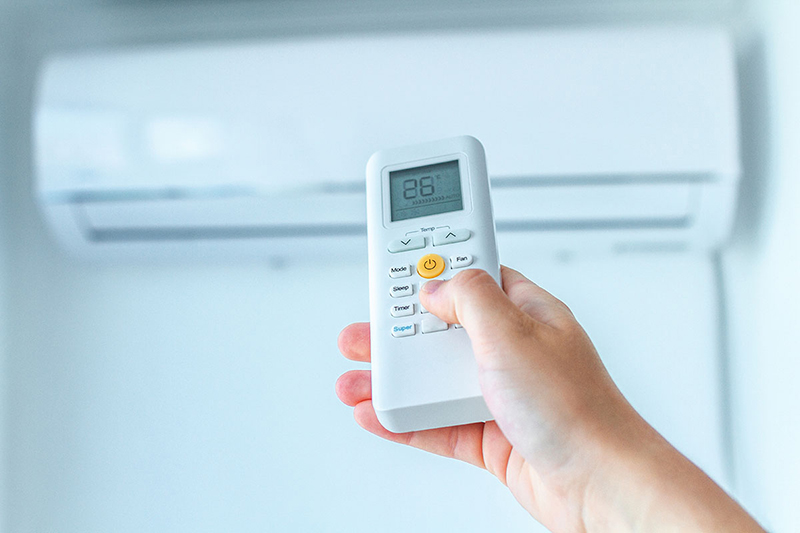
How to Reduce Indoor Air Pollutants at Home (Part 1)
Given that outdoor air is full of exhaust fumes, cigarette smoke, and plenty of other pollutants, it’s no surprise if you think that outdoor air is more polluted. However, the levels of indoor air pollution is actually 2 to 5 times more than that of outdoor air.
Let’s not forget how outdoor pollution can actually seep into indoor spaces as well, like your neighbor taking a smoke below your HDB, of which the noxious fumes will waft up to your unit if you live close enough to the ground.
And yes, mortality does take place because of diseases linked to indoor air pollution. Therefore, it’s essential to make sure that you actively try to reduce indoor air pollutants to boost air quality.
What Is Indoor Air Pollution?
You may not smell or see it most of the time, but indoor air pollution is very real, and if you’re indoors right now, you’re probably inhaling it. Indoor air pollution is a result of different activities, from cooking to cleaning.
People who use open-air fires or simple stoves are exposed to significant amounts of indoor air pollution. Cooking produces a substantial amount of tiny particles that are harmful to human health when inhaled, far more than if you were to stand by the roadside of a busy street.
Many airborne chemicals are also present in homes, whether that’s the glue, sealants, paints, or materials used in your furniture, personal care products, household cleaning products and more.
How to Lower Indoor Air Pollutants
Air Conditioners
Modern air conditioners have powerful air filters with a variety of capabilities. These filters can effectively trap pollutants like dander, dustmites, PM2.5 particles, dust mites and more, which offers you protection against their harmful effects.
The efficiency of the air filter depends on the quality. You can measure this quality using the Minimum Efficiency Reporting Values (MERV), where the higher the number, the more efficiently it can trap pollutants.
For example, a Daikin single-split system, as well as multi-split systems like the Daikin System 2 aircon, Daikin System 3 aircon, Daikin System 4 aircon, and Daikin System 5 aircon, have this ability. Air Purifiers
Air purifiers primarily get rid of pollutants that exist in indoor air, boosting the air quality as it purifies it. An air purifier operates by filtering the air using various types of filters that target each type of indoor air pollutant.
One popular term you’ll find is the High-efficiency Particulate Air (HEPA) air purifier that can get rid of over 99% of airborne particles that measure 0.3 microns in size. Crafted from fragile layers of glass fibres, this air purifier type can remove nearly all kinds of pollutants.
There are also ionisers that release negatively charged anions or particles in substantial amounts into the air. They become attached to the pollutants and boost their density. This is how they get rid of pollutants in the air and land on the surface. Ventilate Often
Ventilation is extremely important in maintaining a healthy and balanced indoor air quality. You need to open the windows in your home every day for a period of time to allow fresh air to enter. Doing so will force a large number of pollutants outside.
You can also install exhaust fans to deliver adequate ventilation, particularly where they’ll be extra useful in the bathroom and kitchen.
